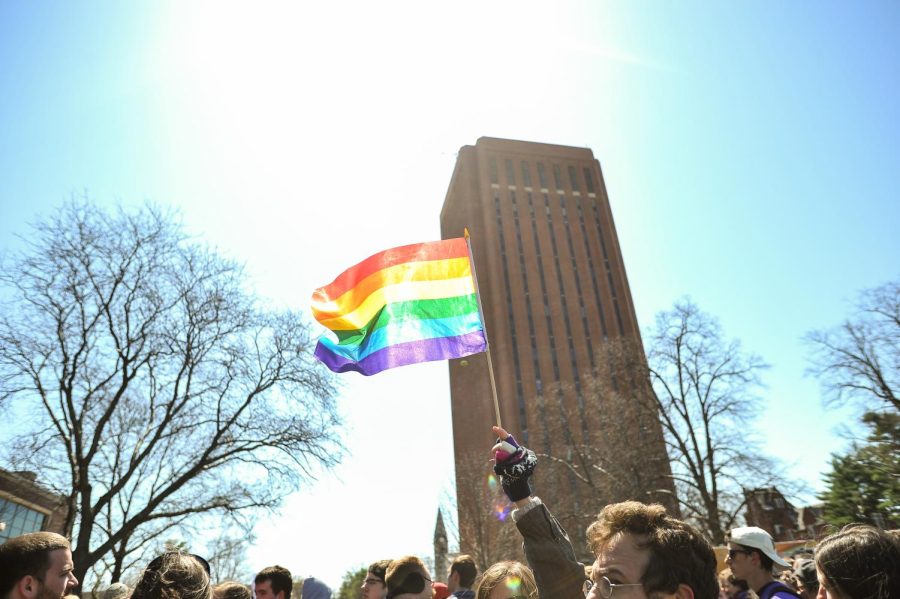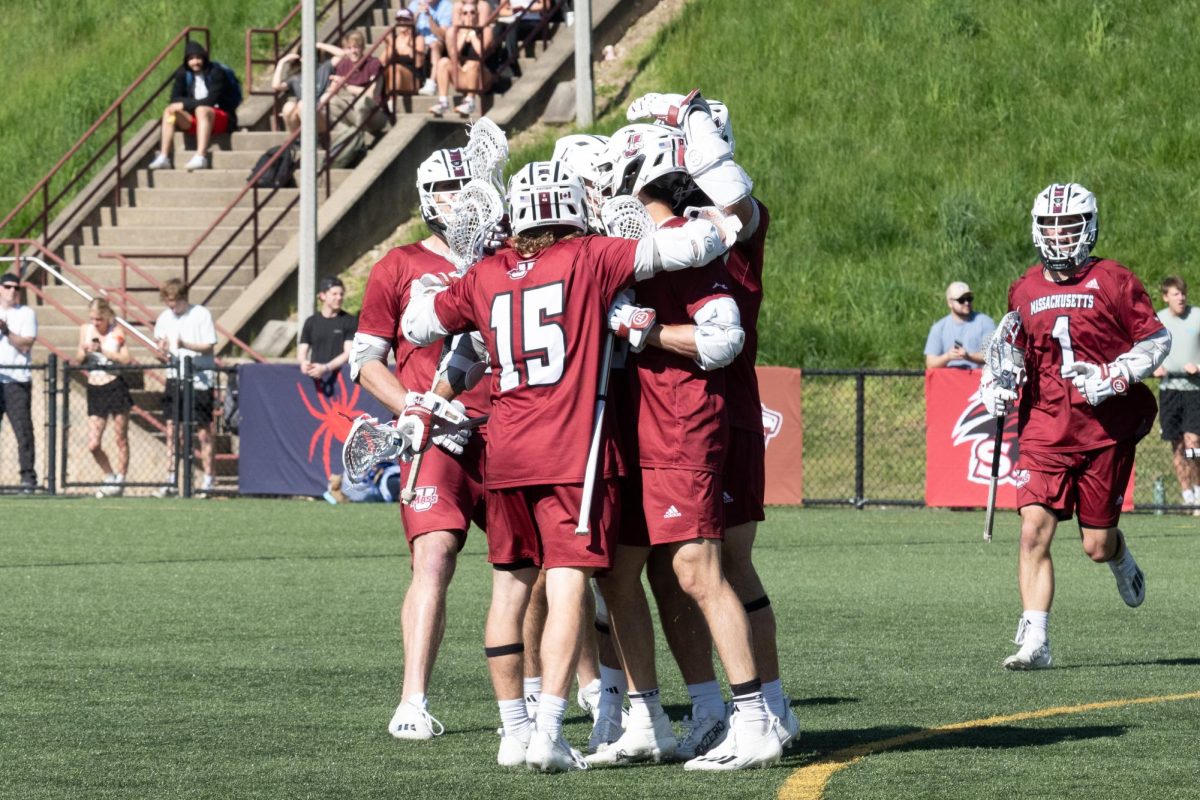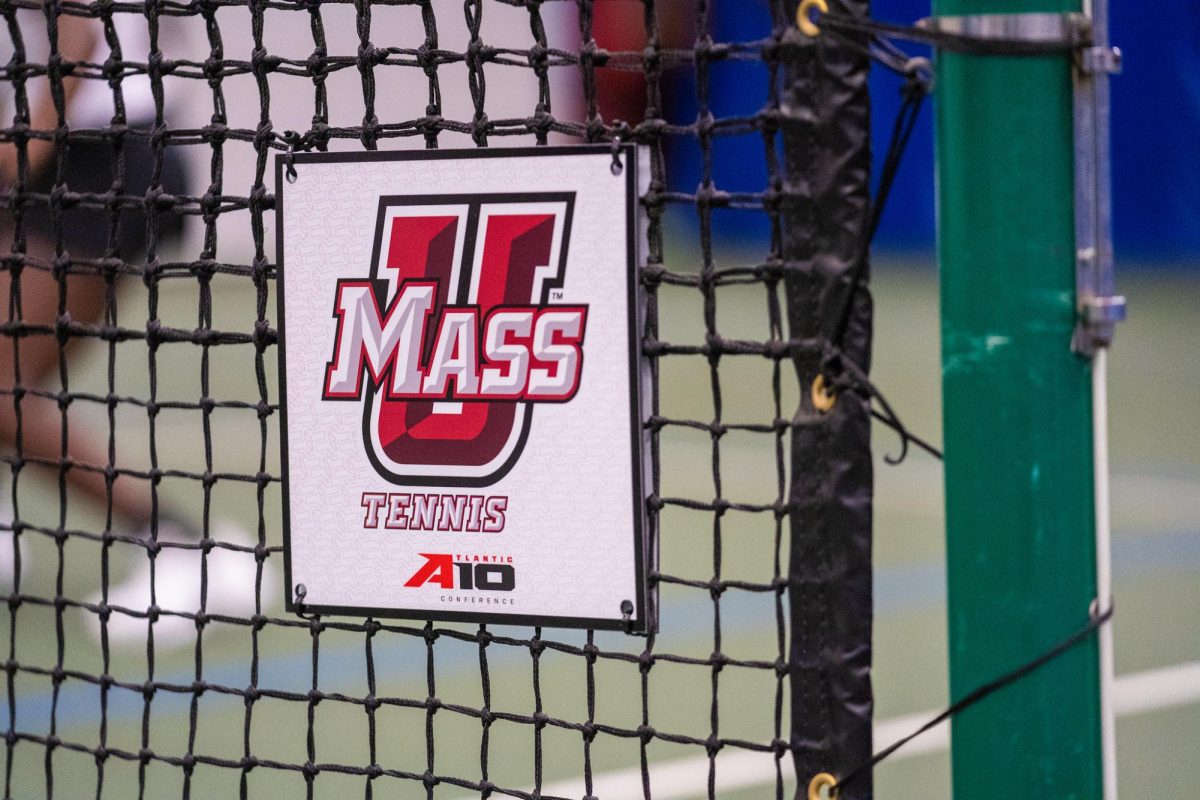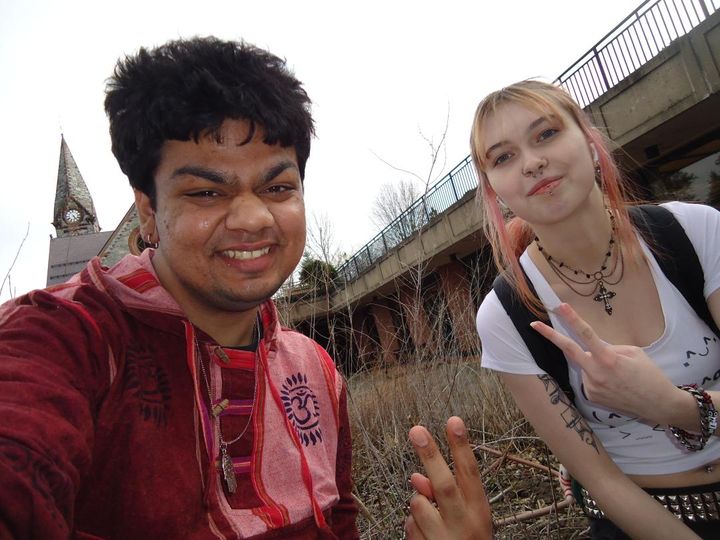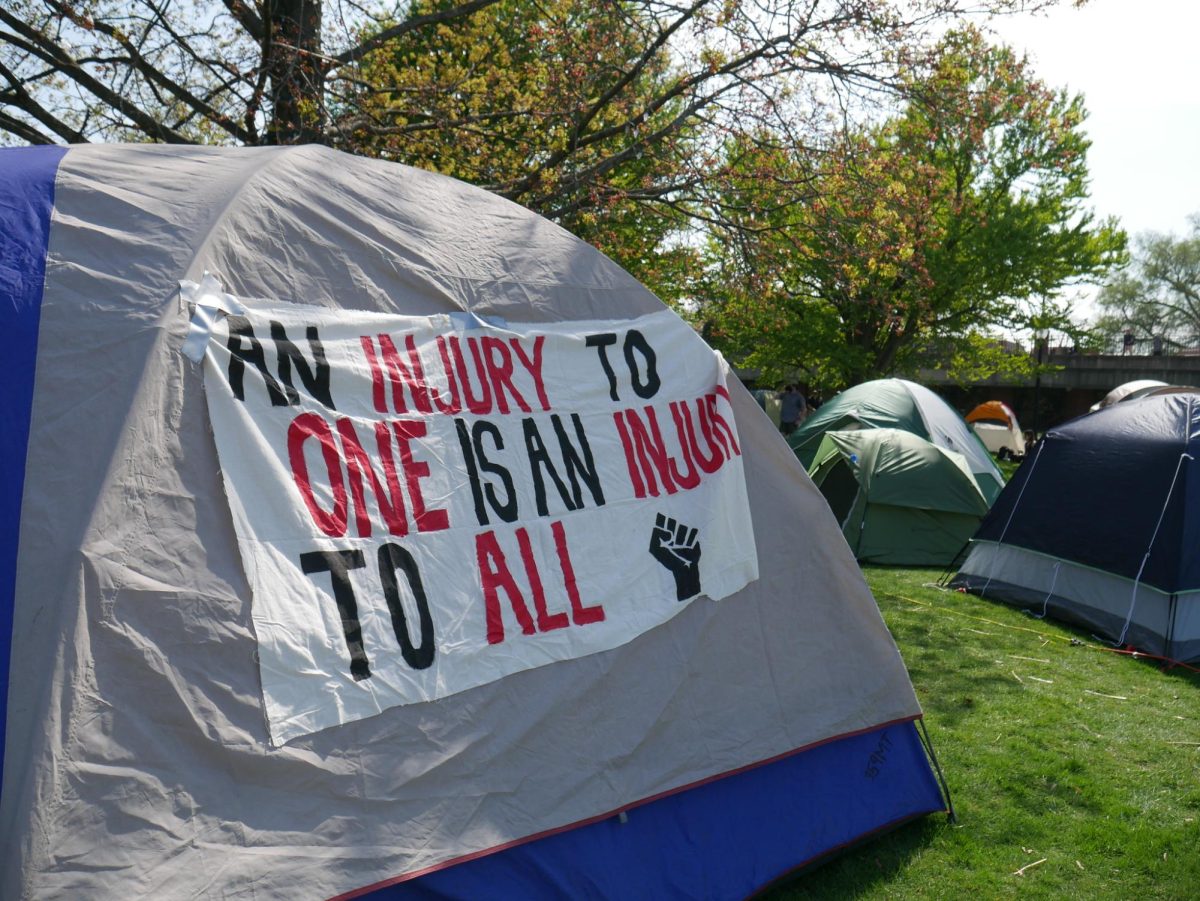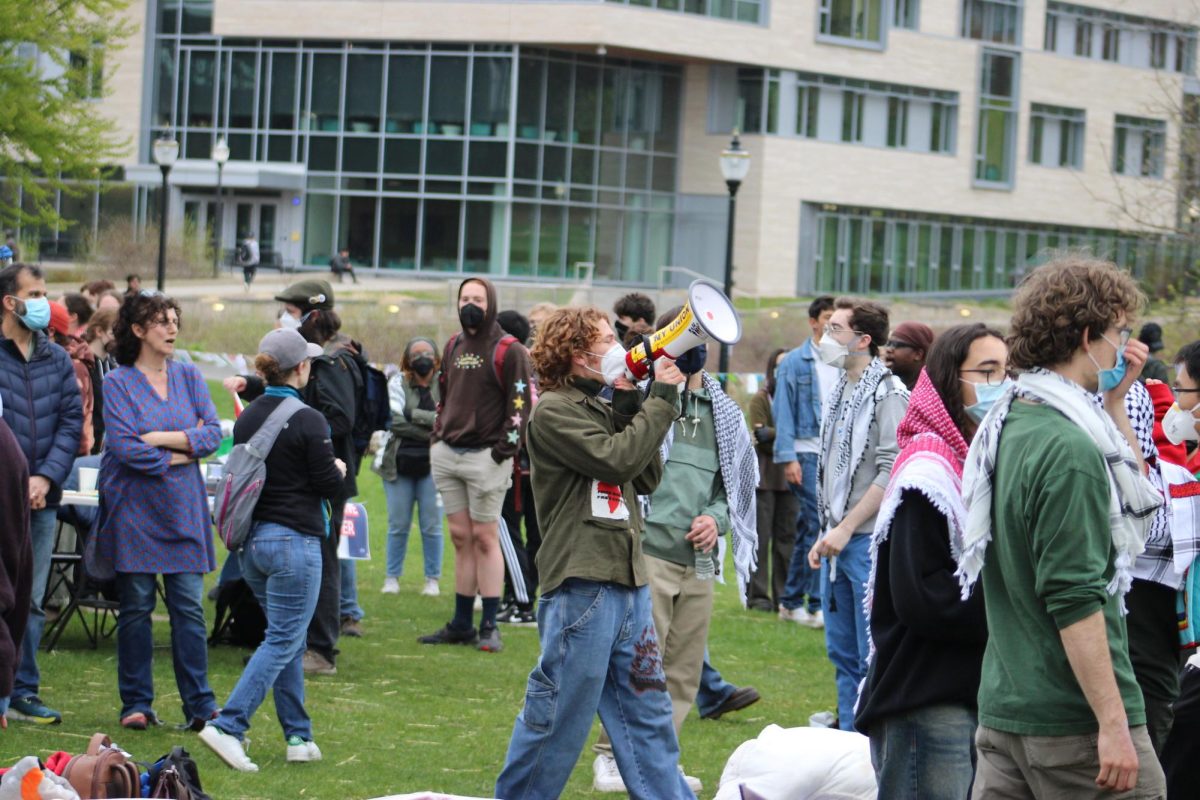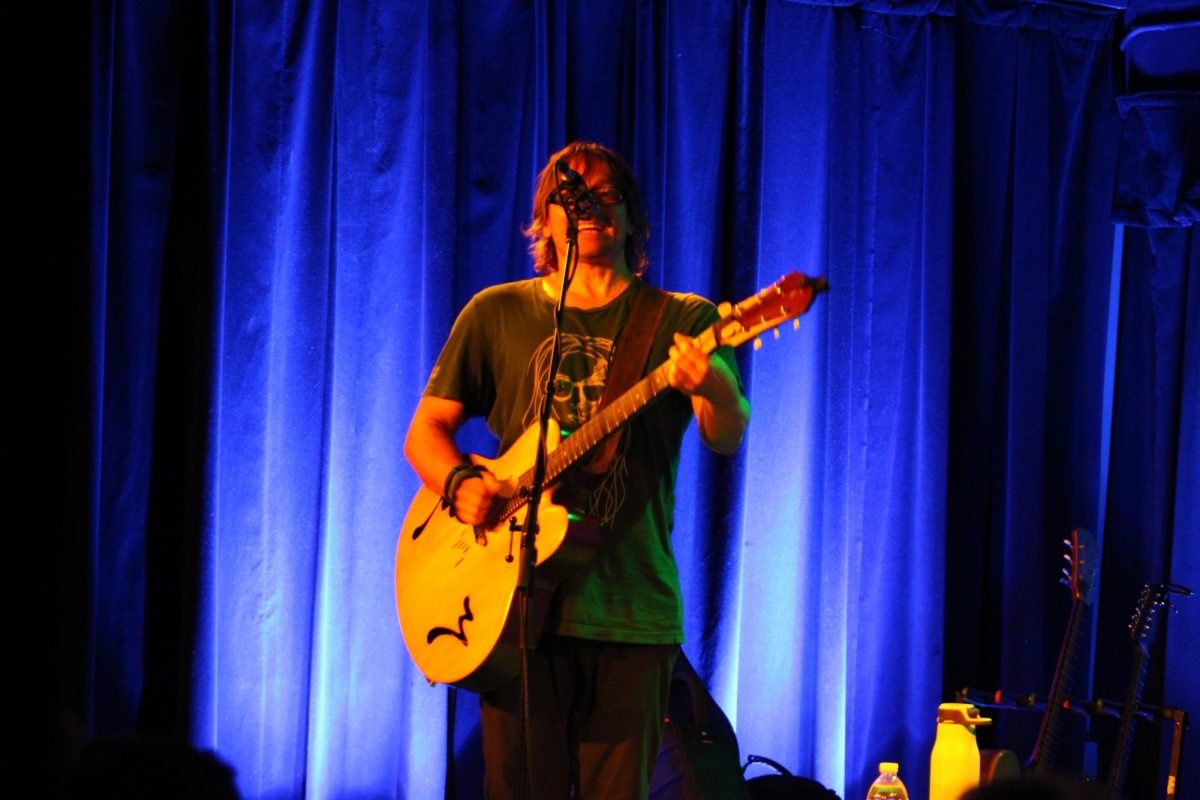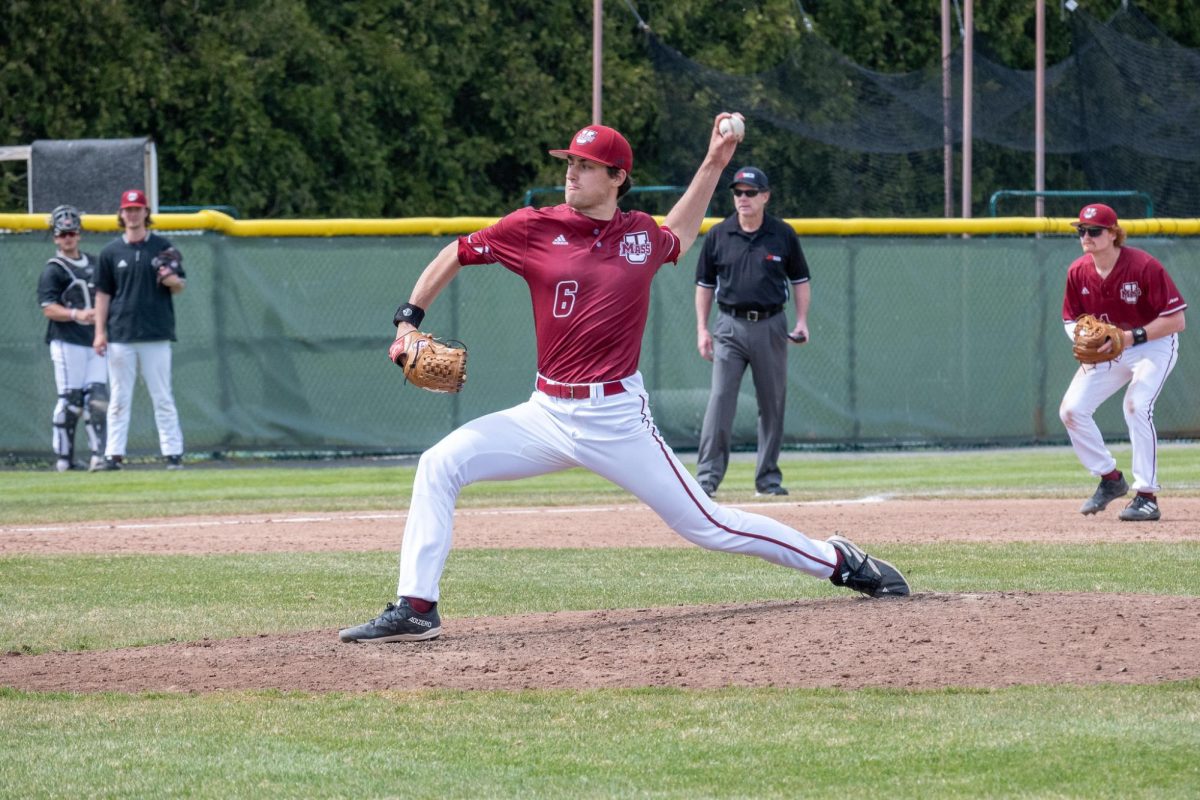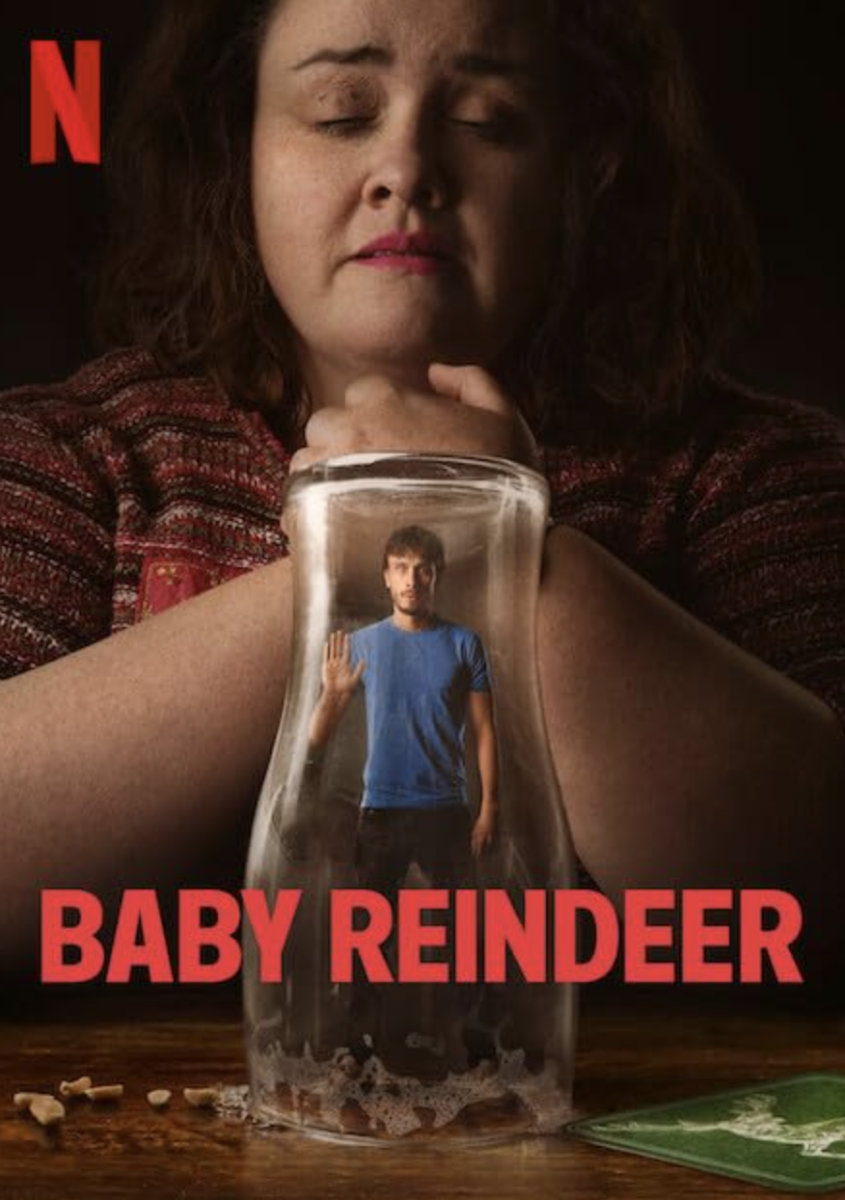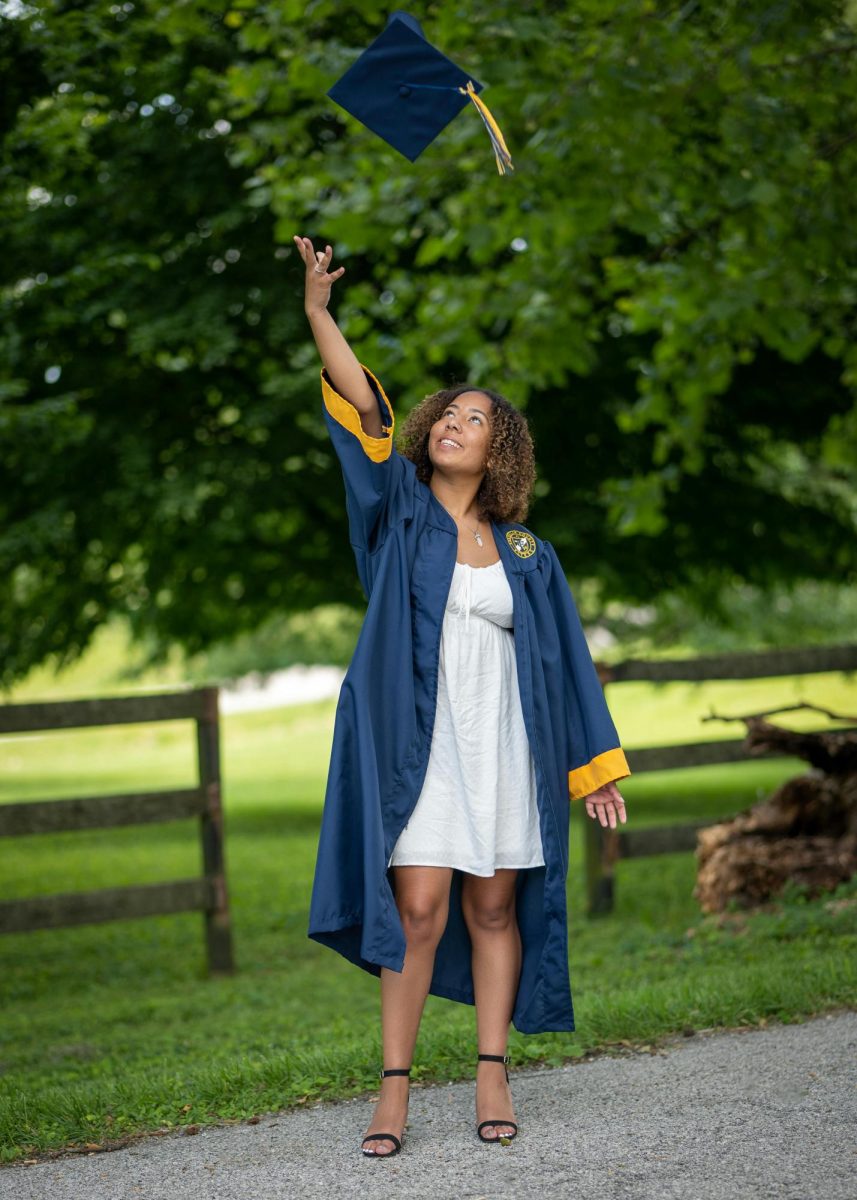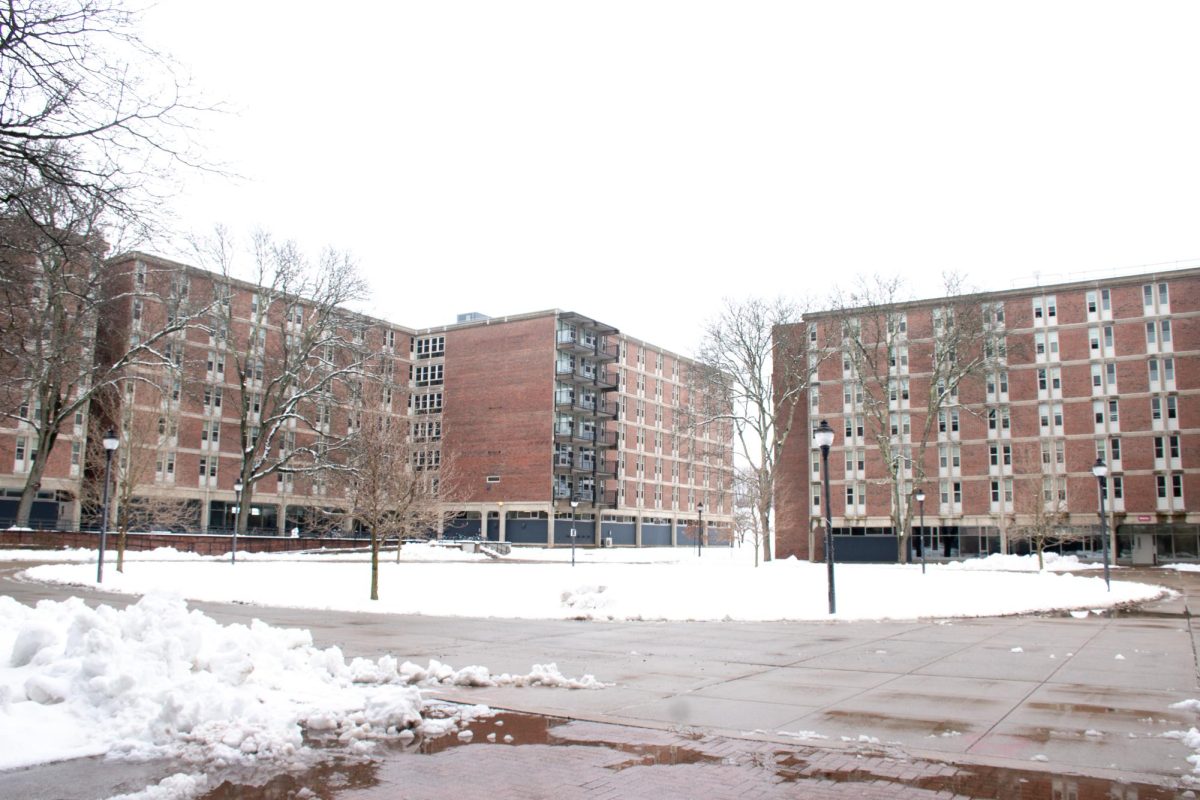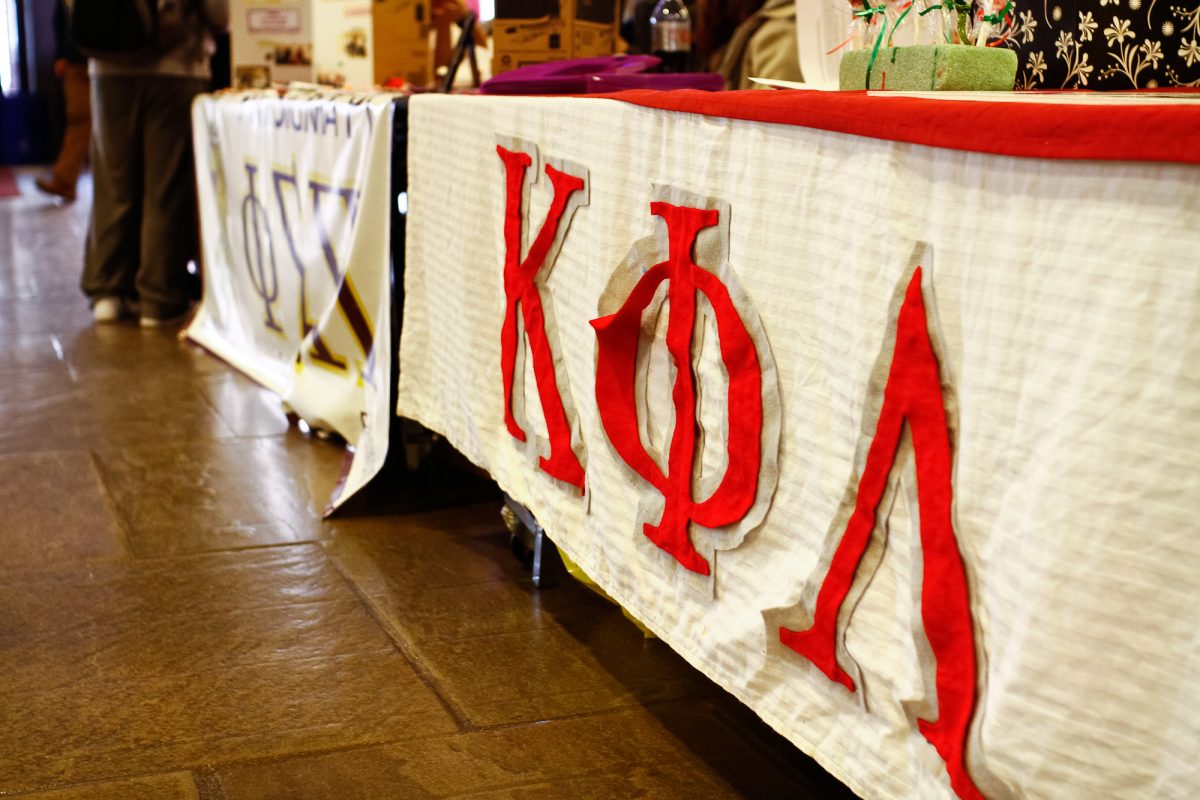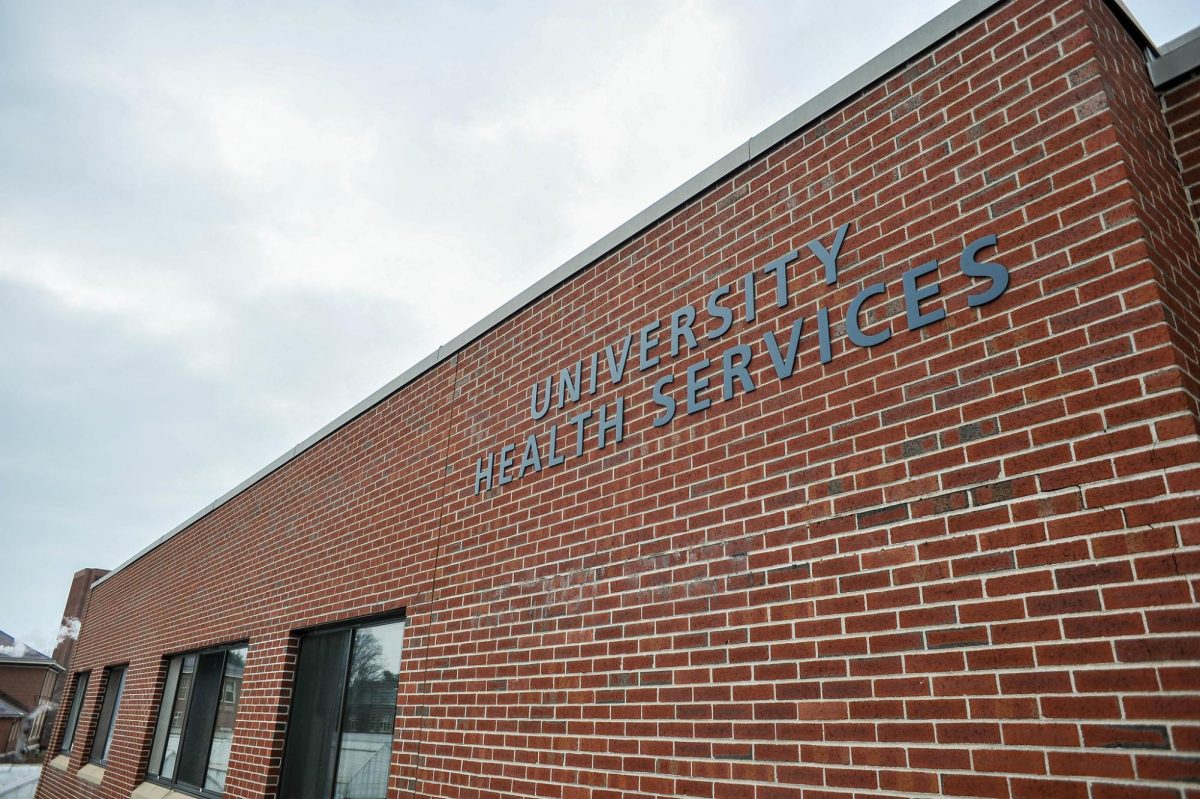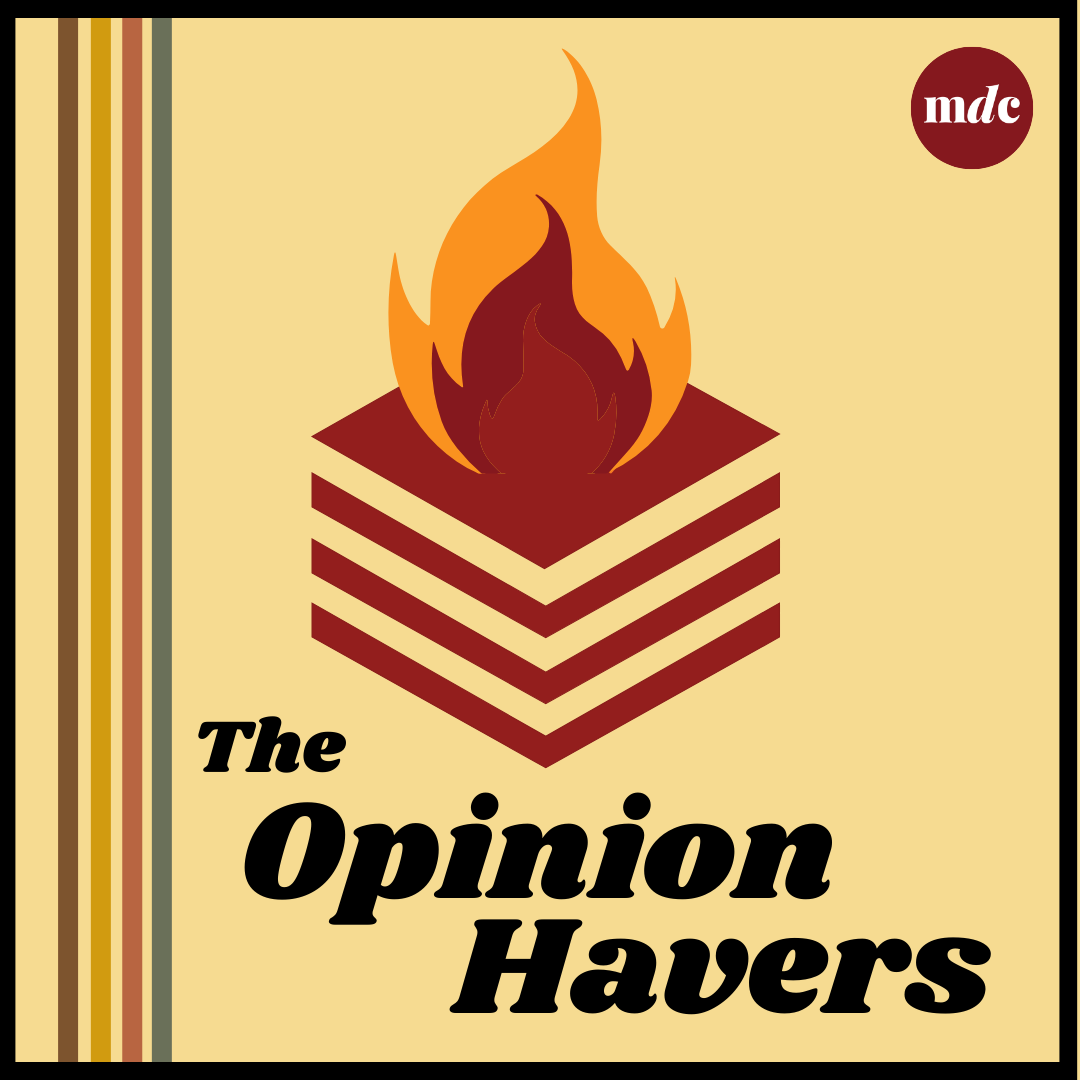Twitter isn’t known for being an accurate representation of the world, but it gives us a pretty good idea of what people are thinking.
On June 1, 2022, the New England Patriots tweeted out a photo of the jumbotron at Gillette Stadium displaying the colors of the Pride flag. As I read through the replies, some were showing support, but the overwhelming majority were some of the most heartbreaking replies that I have ever read.
“Yikes! Why don’t you fly the American flag high and proud like that?”
“Is there a national straight and narrow month?”
“It’s not hate, it’s just biology and nature.”
And a simple, “Give me a break.”
As the world moves to grow and adapt, sports seem stuck in a time with the expectation of archaic gender roles, where men are to be viewed as masculine beings and women must act feminine, and anything outside of that rigid, exclusive box is deemed incorrect. Why are sports so far behind the rest of the world when it comes to accepting LGBTQ+ people as valid members of society? Why does this culture of toxic masculinity and heteronormative stereotypes run so deep in sports culture? The short answer: there is no answer.
The longer answer is that many LGBTQ+ youth are afraid to participate in sports because of the fear they feel from being “different”. In 2017, The Trevor Project found that less than one-third of LGBTQ+ youth were involved with sports of any kind. Those who are LGBTQ+ and participate in sports often hide who they are and act homophobic themselves to try to convince those around them that they are one of the same. It’s not that LGBTQ+ youth dislike sports, it’s that they’re afraid that they might out themselves, or afraid of what they might hear if they participate. Hiding who you are is torture, and closeted athletes experiences this torture every day, especially if they feel pressured to use homophobic slurs to “convince” their teammates that they are the same.
There are some that will claim that they aren’t homophobic, they just don’t like sports being politicized. Human rights aren’t political. Common decency isn’t political. Hating someone for something they can’t control isn’t political. It’s just cruel. Most of those who claim to hate the politicization of sports seem to have no problem with the national anthem or military flyovers, but showing a flag with different colors on it somehow crosses the line.
To many of the people who believe that sports have “become too political,” the last vestige of pure athletic competition to them is college sports. To them, it’s a level of sports that has avoided the influence of money and the influence of “wokeness.” What these “fans” don’t realize is that LGBTQ+ athletes often don’t come out until after they’ve retired, much less while in college. These athletes are still in college, still suffering, having to deal with the homophobic rhetoric that is all around us.
Homophobia doesn’t just run amongst the fans of sports, it’s also incredibly prevalent in the locker rooms. Mets player Mark Canha said he “was in the minority among the clubhouse” that believed in LGBTQ+ rights. It’s always been few and far between with athletes who are willing to publicly support the LGBTQ+ community. Ken Griffey Jr. was ahead of his time as far as men supporting LGBTQ+ athletes. In 2003, when pressed if he would play with a gay teammate, Griffey said “Hey, my best friend is gay. I wouldn’t care at all if I had a gay teammate. Wouldn’t bother me, wouldn’t concern me.”
Athletes like Griffey and Canha are rare in the world of male professional sports. But homophobia in sports starts much earlier than at the professional level.
From personal experience, this idea of ultra-machismo and heteronormativity begins as early as middle school or late elementary school. Hearing homophobic slurs and the nonchalant way they were used was almost worse than hearing them used in an abusive and aggressive manner. It’s worse to hear it as a part of everyday conversation because of how normalized it became in the minds of these 13-year-olds. So normalized that the coach had to sit everyone down and tell them that they were saying it too much and it had to stop. Of course, it didn’t.
Compare this with the relative lack of homophobia that is seen in women’s sports, such as the WNBA, the USWNT in soccer, and women’s college athletics. In the WNBA, numerous athletes are out and proud as members of the LGBTQ+ community, and with the USWNT, Megan Rapinoe, a lesbian woman, was arguably the most impactful player on the 2019 World Cup winning USWNT. That visibility at the highest level of competition can help inspire the next generation.
Even with the relative lack of homophobia compared to male sports, it doesn’t mean that there isn’t any in women’s sports. When Rapinoe won Fifa’s female player of the year in 2019, she used her acceptance speech to decry the homophobia that her and other openly out soccer players experience on the pitch. However, it seems that in regards to women’s sports, athletes and coaches respect each other and the work that it took for them to reach their level of success. Why, comparatively, do male sports lag behind female sports so considerably?
It doesn’t have to come from teammates or opposing athletes either. Adults are sometimes the biggest pushers of homophobia in sports, regardless of the sport. The first time I had ever heard gay used in a negative connotation was in 2014 when I went on a snowboarding trip but found out I was better on the skis. When everyone was back at the lodge, one of the adults on the trip proceeded to take my skis off the wall, pretend to put them on, and shout “I’m gay! I’m gay!” in a mocking voice, pretending to be going down the slopes. Laughter ensued. I was more confused than anything else. I had received mild teasing for skiing instead of snowboarding, but this was something else. “What made him choose that word?” my 11-year-old head thought.
For most of the year, the contributions and struggles of LGBTQ+ athletes, sports media members, or anyone involved in sports is largely ignored. Some aforementioned people in this article may vehemently disagree with this statement, believing that members of the LGBTQ+ community are given too much spotlight all year round. But the truth is that those people are the reason that advocacy for the LGBTQ+ community needs to happen after pride month. There will always be people who hate based off of one quality of a person, in this case being sexual orientation. If there are always those who hate, there must always be those who fight for them. Who you choose to love shouldn’t be the deciding factor when determining if you like or dislike a person. But since it is, we need to continue to advocate for the LGBTQ+ community, pride month and beyond.
It’s too important not to.
Johnny Depin can be reached at [email protected] and followed on Twitter @Jdepin101.

